
Photo courtesy of the UN
The history of the United Nations in NYC
More this way

Photo courtesy of the UN

Image via Wiki Commons

Image by Bikes And Books
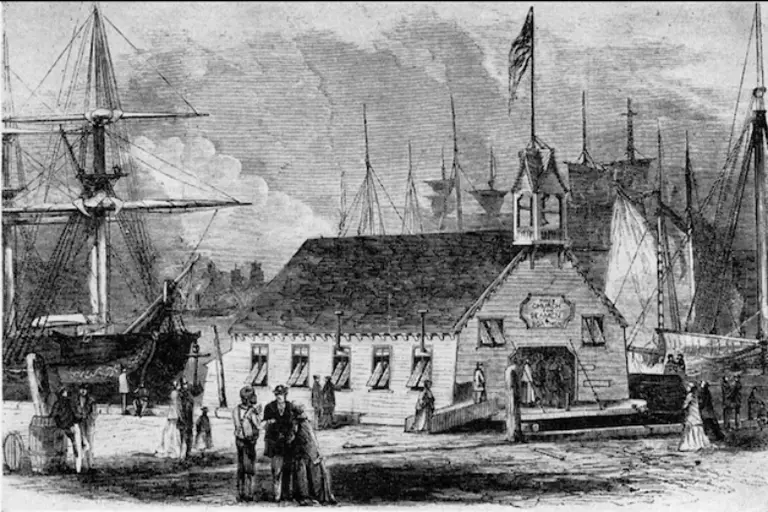
Chapel of the Holy Comforter (1846-1856), courtesy of NYCago

Stonewall Inn, photo via Wikimedia

Caffe Reggio, via Prayitno/Flickr
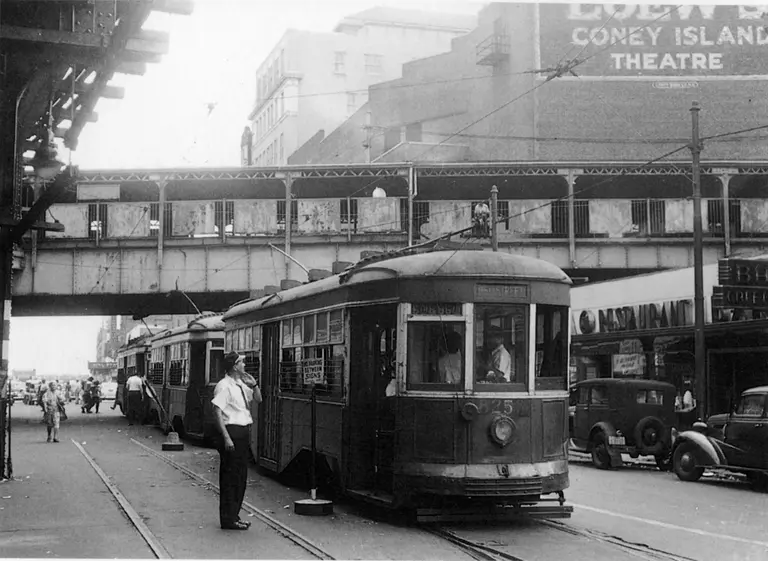
A Coney Island trolley, via Coney Island History

Image courtesy of New York by Gaslight via Ephemeral New York

Radio Row, looking east along Cortlandt Street towards Greenwich Street, by Berenice Abbott Image via NYPL.

827-831 Broadway today via Wiki Commons (L); Willem de Kooning in his Fourth Avenue studio, April 1946. Harry Bowden, photographer. Harry Bowden papers, Archives of American Art, Smithsonian Institution.Via The Willem de Kooning Foundation. (R)

A rainy NYC day, photo courtesy of dalioPhoto on Flickr
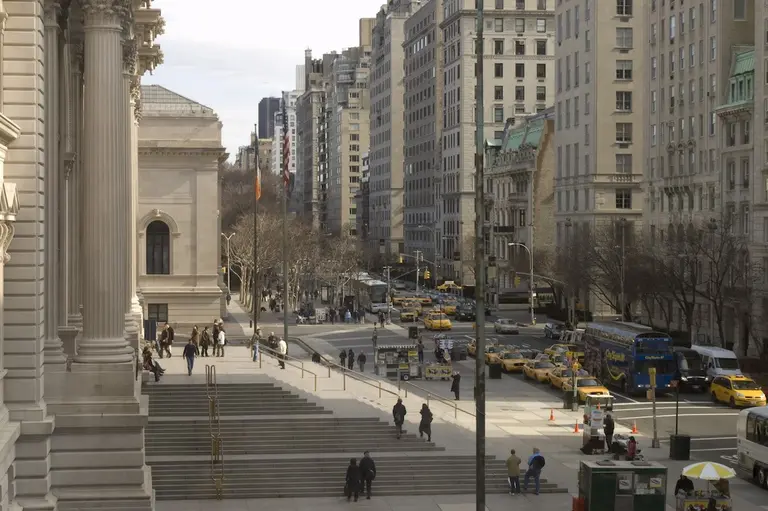
Fifth Avenue from the Metropolitan. Image: Wiki Commons.

The iconic shot of Marilyn Monroe via Wikimedia; subway via Steven Pisano/flickr cc

6sqft’s series The Urban Lens invites photographers to share work exploring a theme or a place within New York City. In this installment, photographer Zach Gross presents his series “Penn Station.” Are you a photographer who’d like to see your work featured on The Urban Lens? Get in touch with us at [email protected].
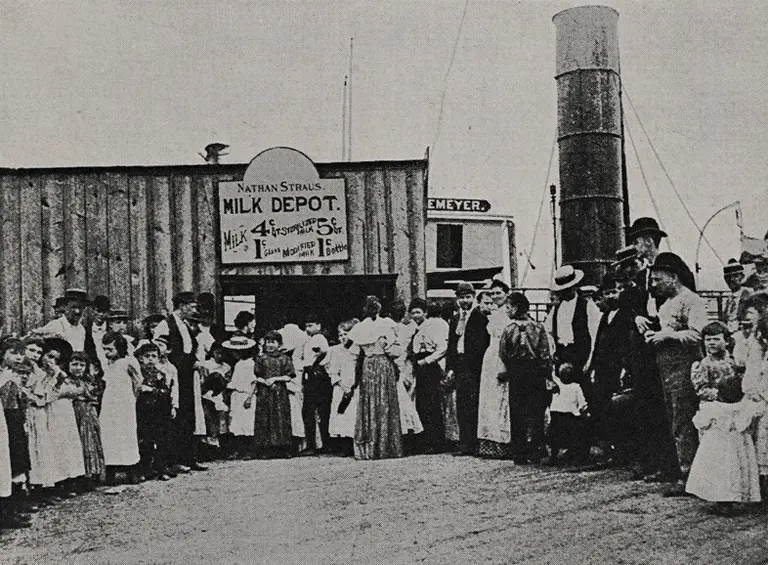
Nathan Straus’ First Milk Depot, opened in the summer of 1893, courtesy of the Augustus C. Long Health Sciences Library, Columbia University

Streetview of Sunset Park’s Alku Toinen, photo courtesy of Lynn Massimo via HDC
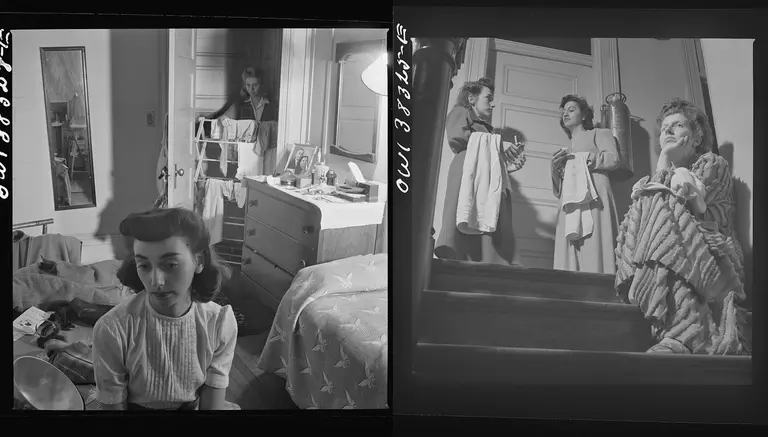
Images by Esther Bubley, 1943. Courtesy of the Esther Bubley Photo Archive